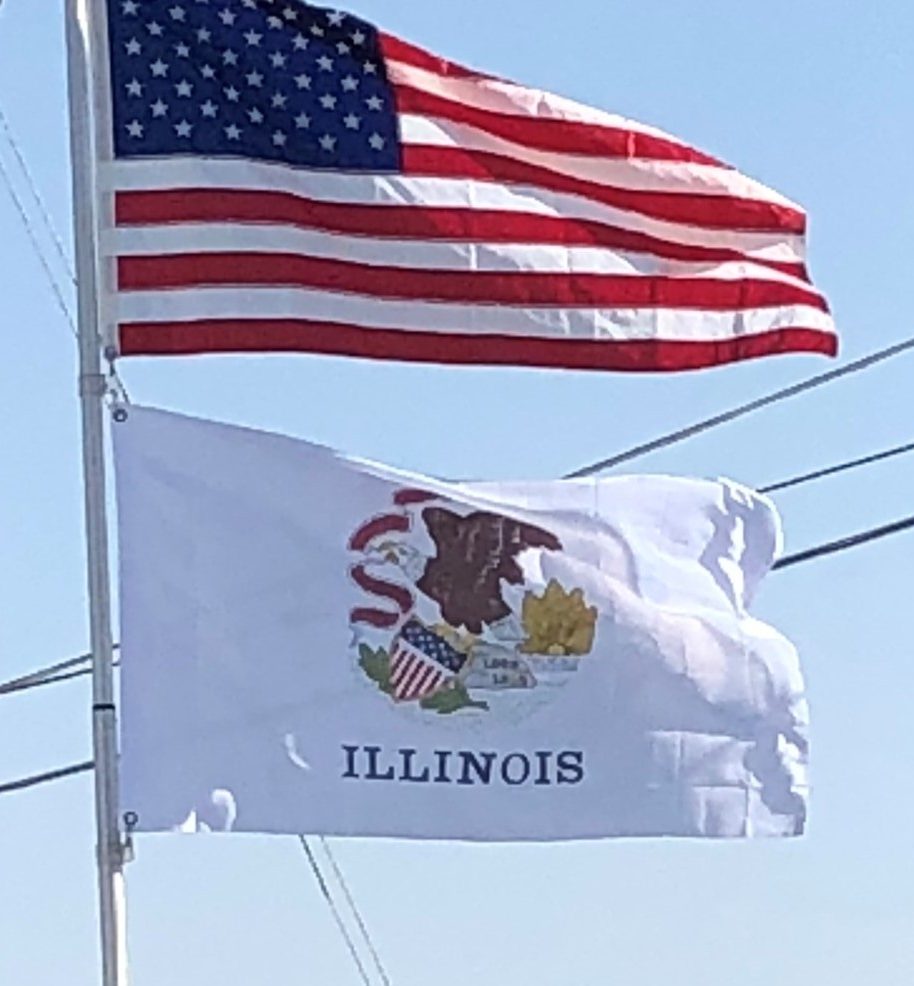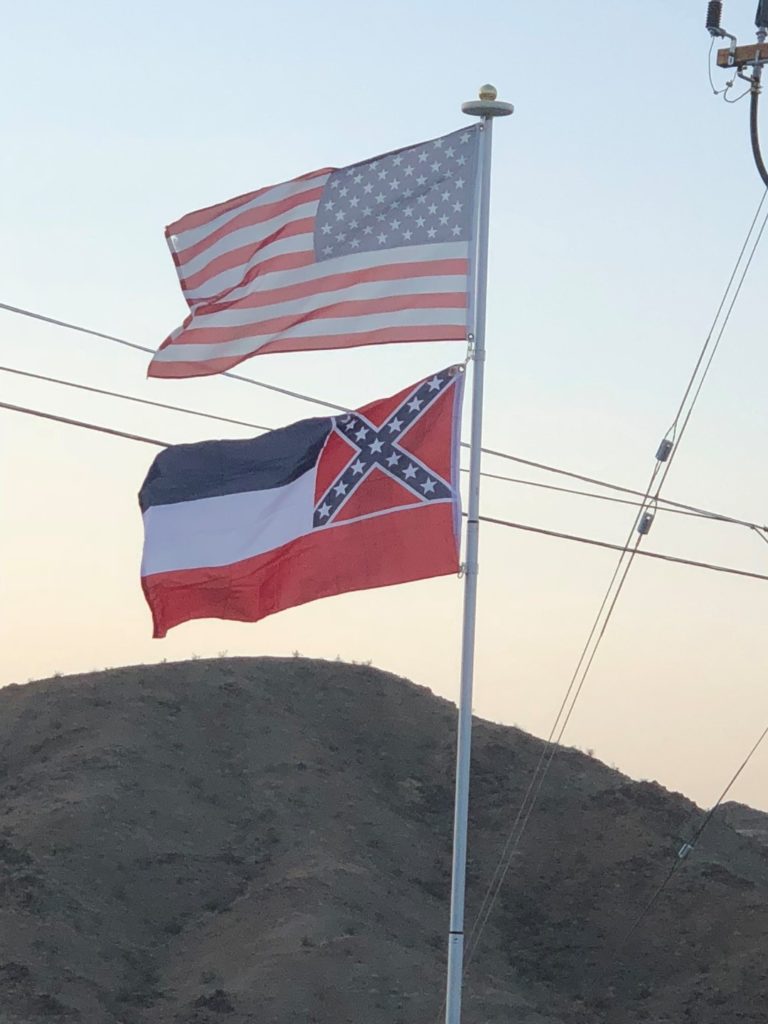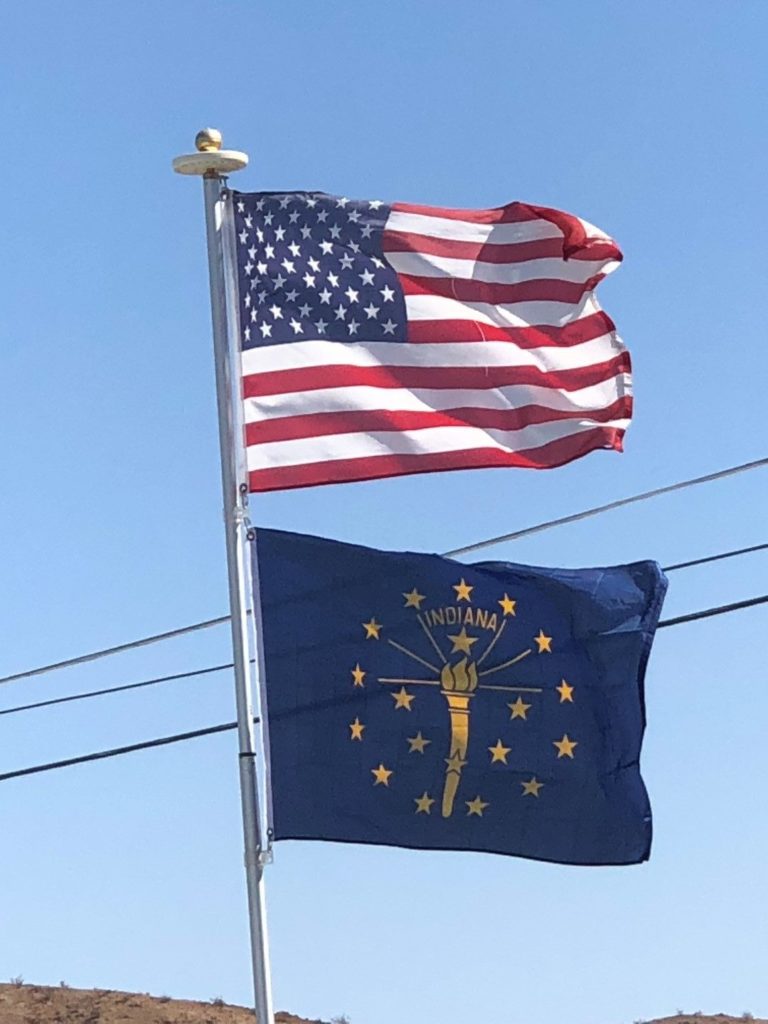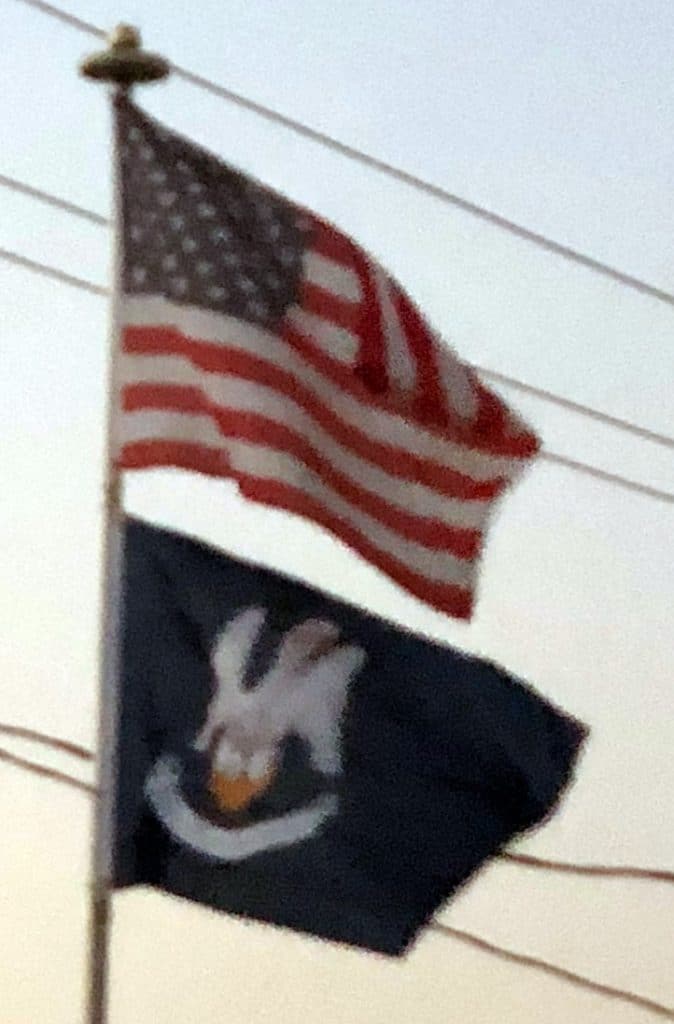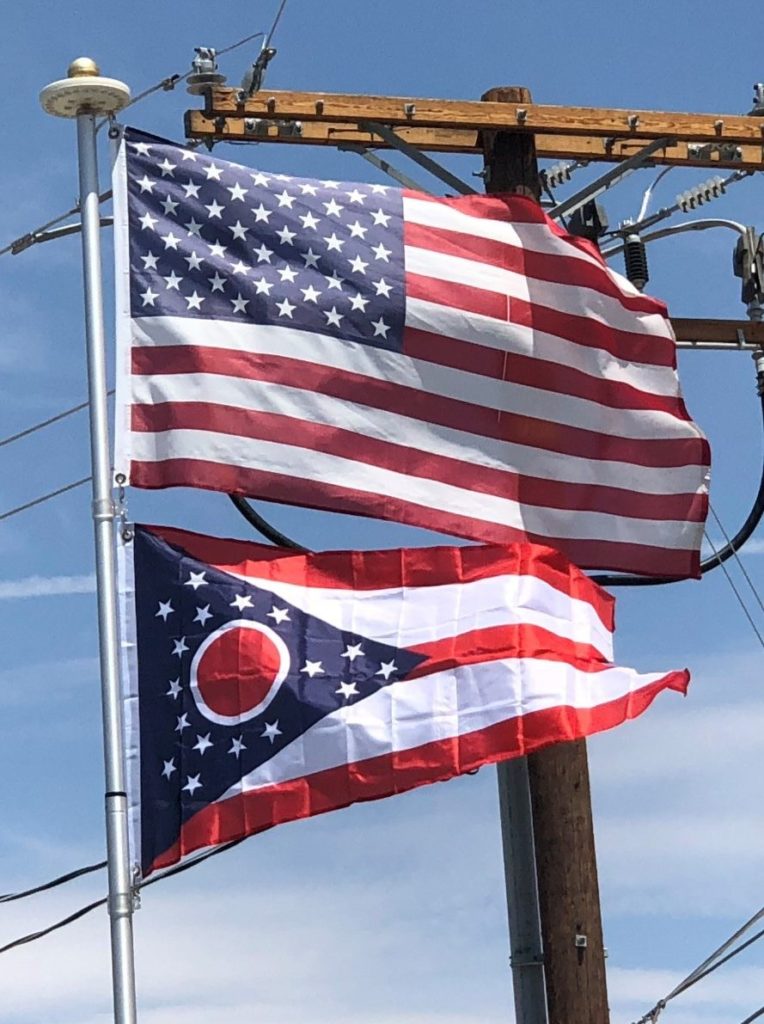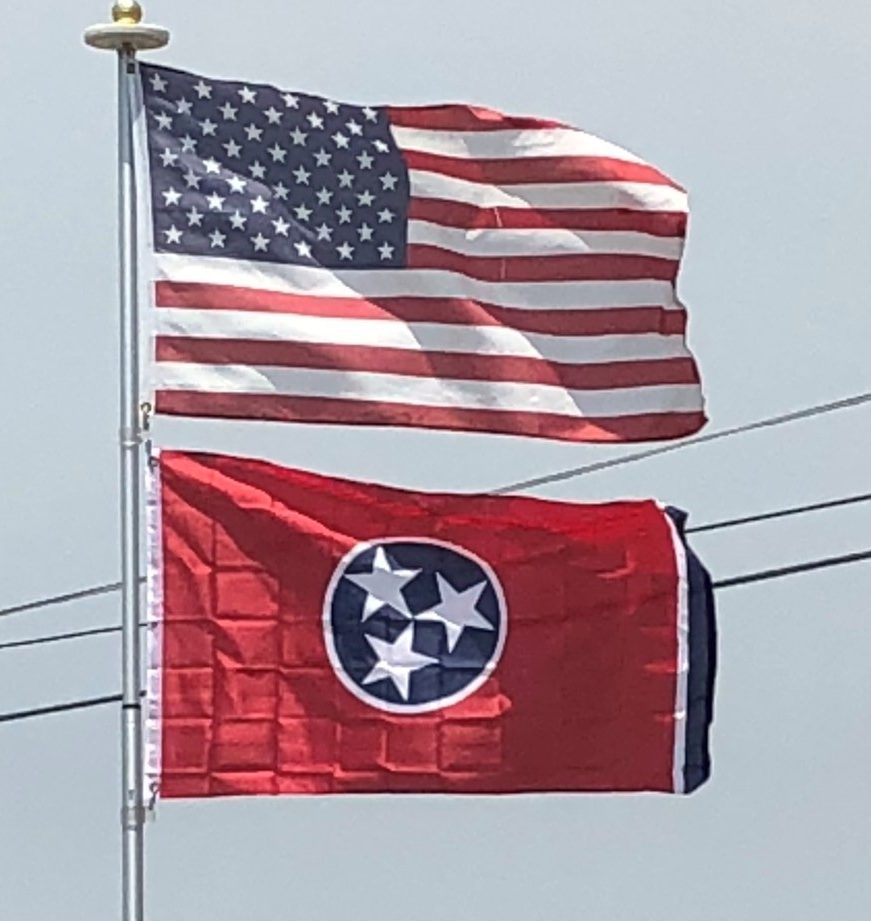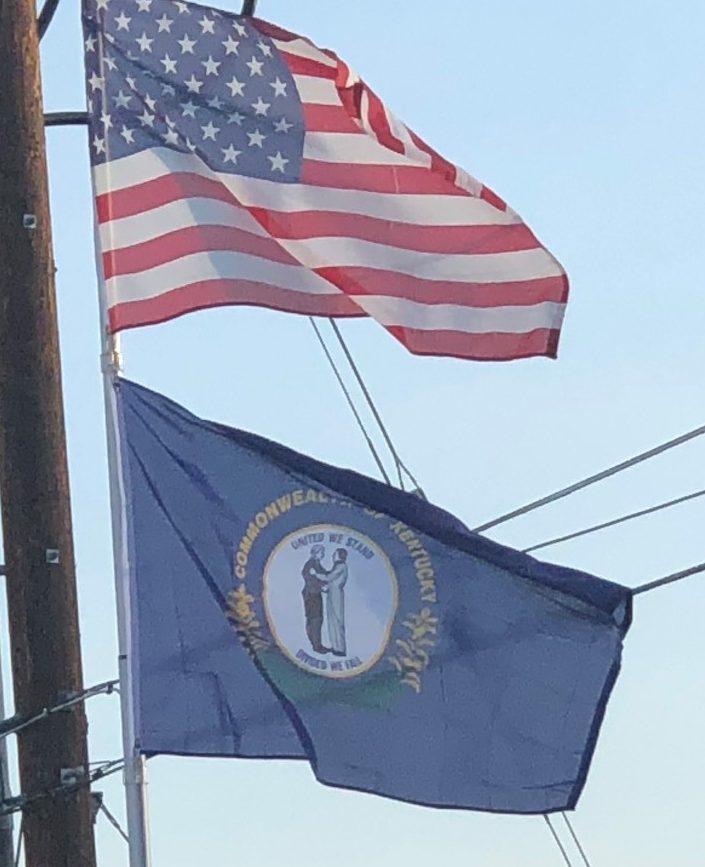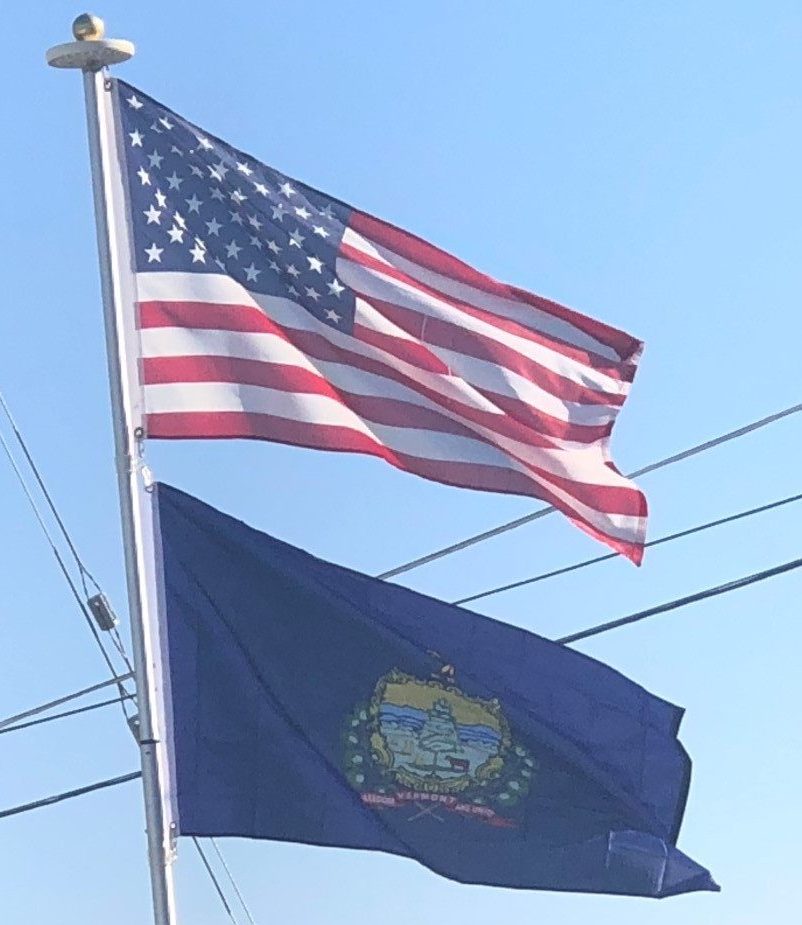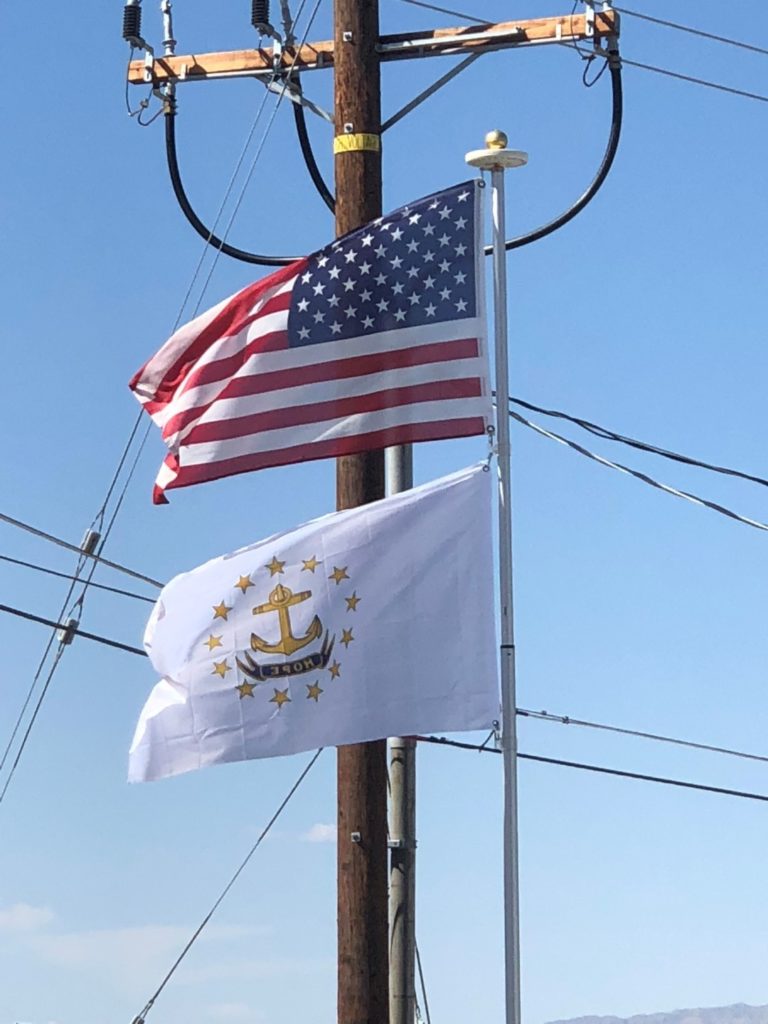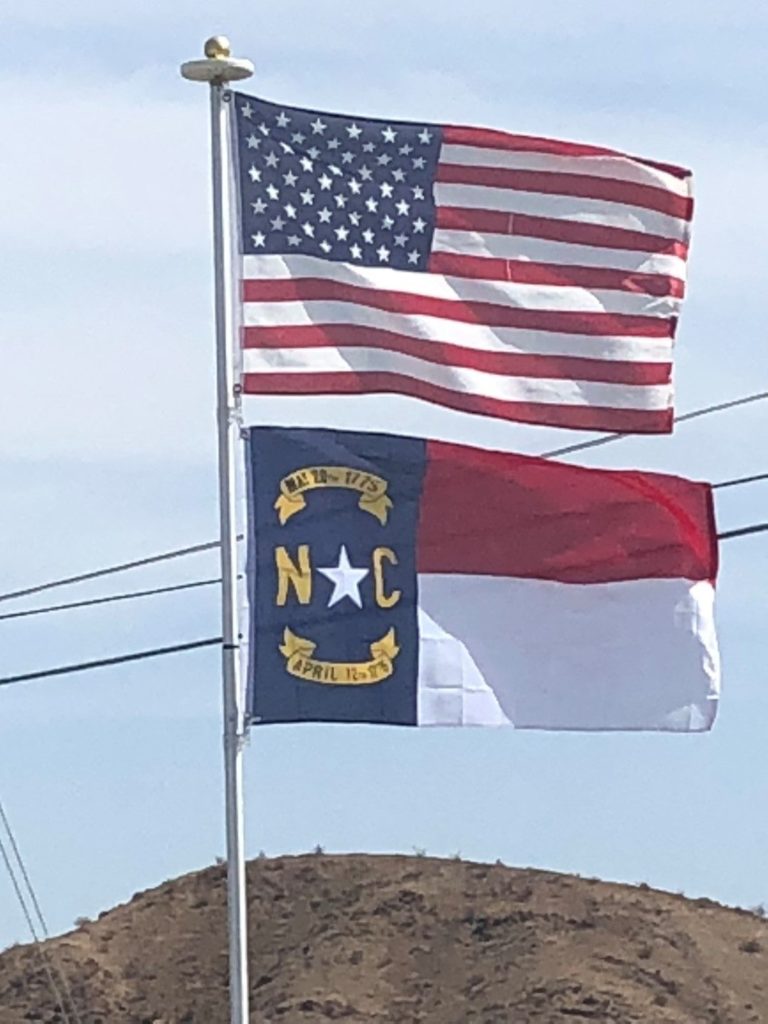Illinois – The Prairie State
The Great Seal of the State of Illinois is the official emblem of the state, and signifies the official nature of a document produced by the state of Illinois. The flag of the state of Illinois consists of the seal of Illinois on a white background, with the word “Illinois” underneath the seal. The present seal was adopted in 1869, the flag bearing the central elements of the seal was adopted in 1915, and the word Illinois was added to the flag in 1970.
The current flag depicts the Great Seal of Illinois, which was originally designed in 1819 and emulated the Great Seal of the United States. In the eagle’s beak there is a banner with the state motto, “State Sovereignty, National Union.” The dates on the seal, 1818 and 1868, represent the year Illinois became a state and the year in which the Great Seal was redesigned.
